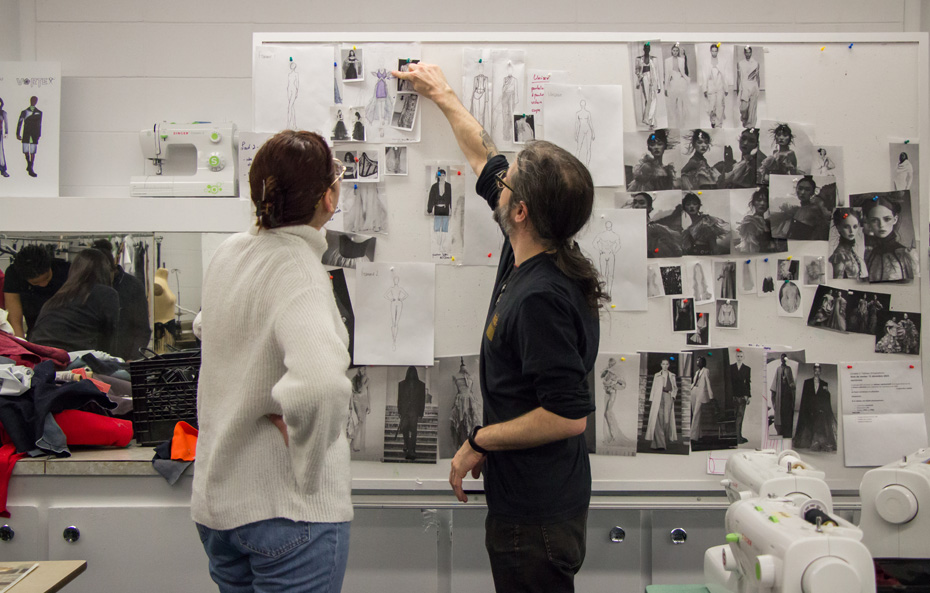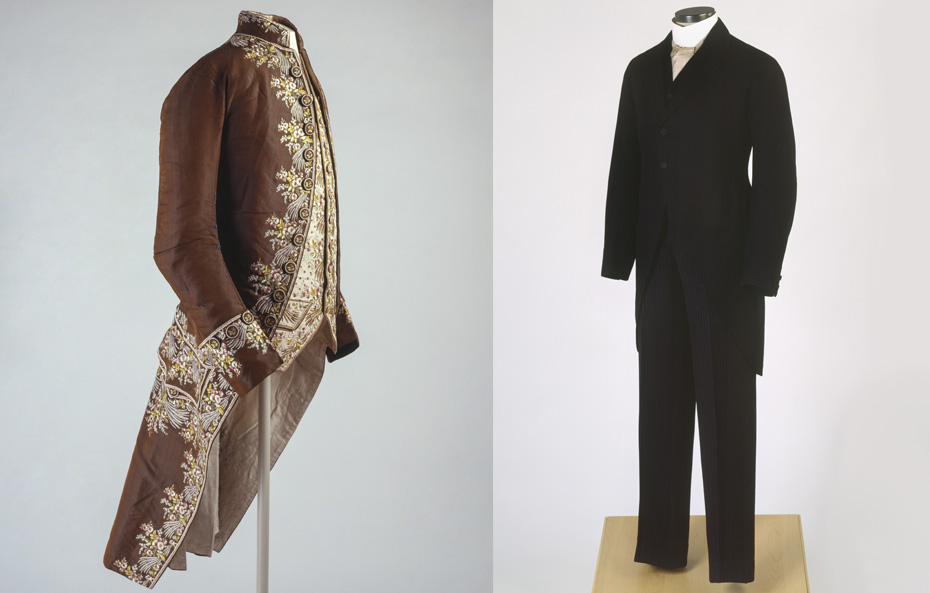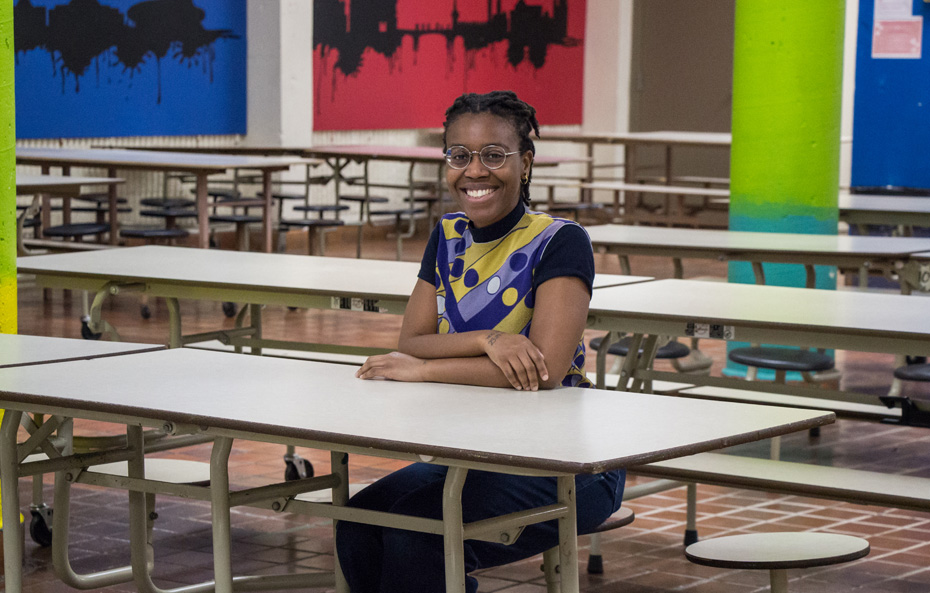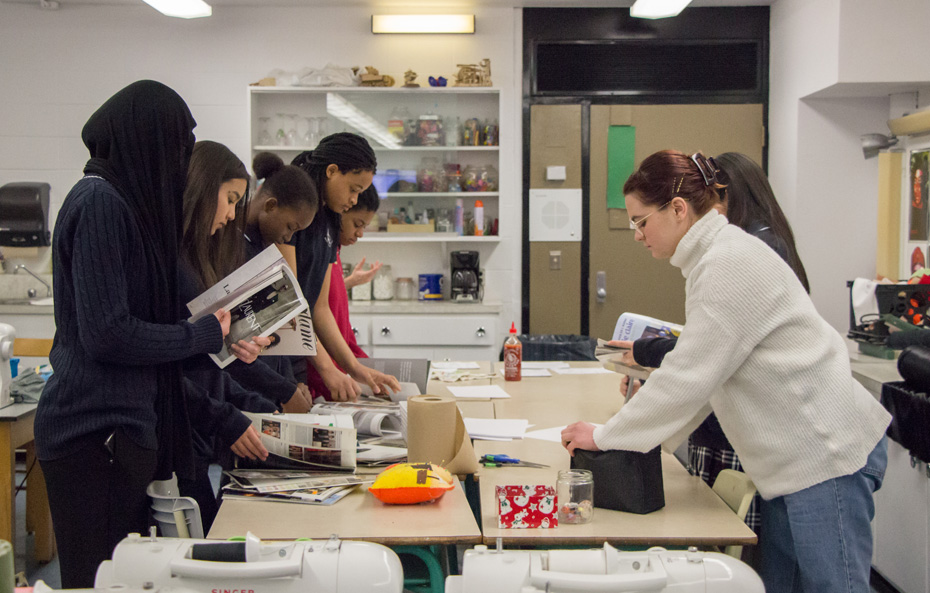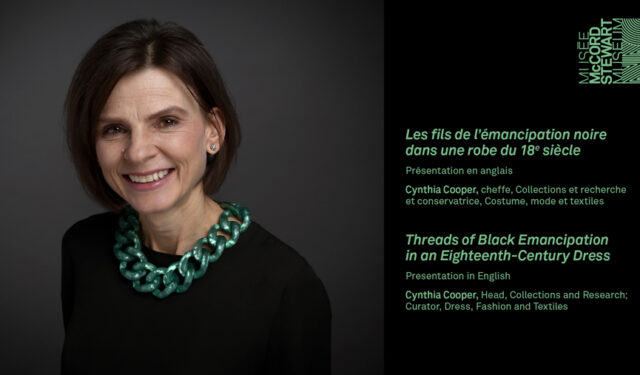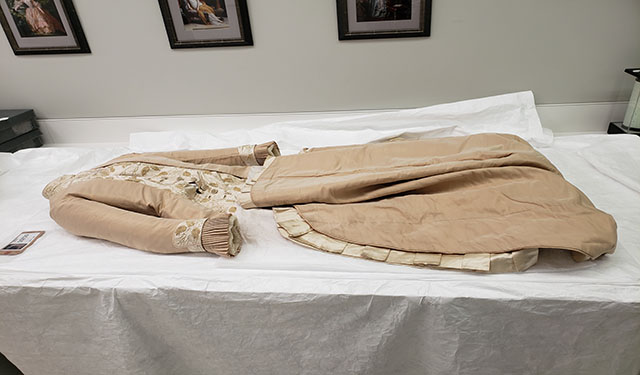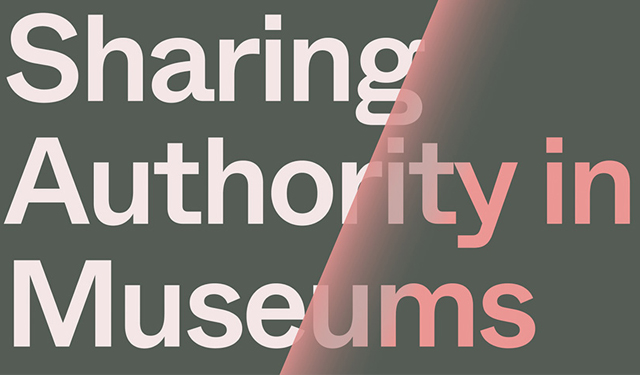Youth connection
The workshop Fashion, the Body and Society, created with Youth Fusion, brings the Museum’s Dress, Fashion and Textiles collection to schools.
May 27, 2024
Seventeen-year-old Mikaela is unhappy with how fast social media makes the world go round. When things change too quickly, there is little opportunity “to make history,” she says with enviable confidence. “If we go back two years, I don’t even remember what was in.”
As it happens, she is not the only one worried about keeping track of history.
“Is time different now with the Internet?” asks Alexis Walker, Associate Curator, Dress, Fashion and Textiles, over Zoom. “I was at an event, and somebody was talking about historic fashion—but they were talking about styles from the 2000s.”
This consciousness of oneself within a historical timeline is known as temporal distance. With Fashion, the Body and Society, the new workshop the McCord Stewart Museum has created in collaboration with the Fashion Design program of Youth Fusion, high school students from different parts of Montreal get to rediscover their own timelines against the backdrop of the Museum’s Dress, Fashion and Textiles collection.
YOUTH FUSION
It has been fifteen years since Youth Fusion—a non-profit organization that creates experiential learning programs to connect youth in the school system with the larger community—started operations.
Its growth has been exponential, with more than fifteen programs now being offered, every week, to pupils throughout Canada, France and Senegal. Program manager Elena Byk, a Youth Fusion veteran who started in 2012 as a course coordinator, has witnessed this evolution in the challenges the students meet. “At the beginning, we just asked them to draw sketches,” she recounts. “Then, it was [making] three outfits. Then, it was five.”
Today, the Fashion Design course is a nine-step program that takes young creatives through a complete fashion journey. Students learn all the fundamentals, from identifying inspiration, sketching ideas, and creating prototypes, to finally presenting a collection in front of an audience.
“It really is about getting them to learn differently; making a hem or a pattern becomes an excuse to do math,” Byk adds. “They develop transversal skills, learn to collaborate, and how to express and trust themselves.”
Over the years, the different bridges connecting the organization to the professional milieu have also been strengthened—especially the one leading to the McCord Stewart Museum. This liaison was first sparked when a group of students visited the Jean-Claude Poitras: Fashion and Inspiration exhibition, and was later cemented when Nicola Pelly, co-designer of Parachute, the Montreal fashion brand that was the subject of the 2021 exhibition Parachute: Subversive Fashion of the ‘80s, joined the kids during a virtual workshop.
Curator of both of these exhibition, Alexis Walker is also a Youth Fusion mentor. She remembers this moment as a turning point in the way the Museum dialogues with contemporary audiences. “There was a questioning happening,” she confesses. “Young people want to talk about cultural appropriation, the environment, and human exploitation. These kids, they care about the issues around fashion. I find that really inspiring.”
When asked about the Museum’s stance on this conversation and its commitment to young students, Walker mentions decolonization and openness as two keywords. “We are always considering new ways to render our collections more accessible to the public, and the Youth Fusion collaboration is a nice way to share highlights from the Dress, Fashion and Textiles collection beyond the walls of the Museum.”
IT'S ALL ABOUT THE PROCESS
Put together by the Museum’s Education, Community Engagement and Cultural Programs team with the Dress, Fashion and Textiles department, Fashion, the Body and Society took months in the making. While the process of curating the collection pieces for the syllabus fell mainly to Walker, it was project manager Elysa Lachapelle—with the help of a bright intern, Clémentine Löhrer—who designed the lesson.
Heavily influenced by the Museum’s Dress, Fashion and Textiles collection, the workshop aims to introduce young minds to different moments and concepts throughout the history of fashion, expand their horizons, and stimulate reflection and critical thinking about the current state of the industry and society. At the same time, it enables students to benefit from all the expertise and resources the Museum has to offer.
“The workshop talks about how clothes can express identity,” Lachapelle comments, “Because that’s what history does. It brings you to question everything you thought you knew.”
Under the fluorescent lights of Room 4601 at École Secondaire Louis-Joseph Papineau, the only screen Mikaela and her classmates are looking at is the one glowing behind David Brassard, the McCord Stewart Museum cultural mediator tasked with guiding the kids through the 90-minute workshop. At one point in the presentation, he compares two male ensembles.
The first is an iridescent silk coat from the 1770s with embroidered floral motifs embroidered in white and canary yellow fleurettes. “The man would’ve also worn a wig and makeup,” Walker clarifies in the accompanying video. “A very rich man,” answers one of the students after Brassard asks who they thought used to wear it.
Number two is a pragmatic, 1912 black suit. There is some discussion about the rapid modernization brought on by the Industrial Revolution, only this time the likely wearer of the ensemble is thought to be a butler.
Later on, Harry Styles and A$ap Rocky are mentioned as current examples of male style references. A small wave of well-intentioned giggles trembles at the back of the class.
“Reactions [like that] show things they [the kids] don’t think they will see,” explains Lachapelle.
A PLACE FOR EVERYONE
The second part of the workshop is about to begin. The students are asked to create a mood board, something that Favielle Petit Clair, who is the Youth Fusion coordinator for École Secondaire Honoré Mercier, is a big fan of.
“Stopping at a page, connecting with something, critiquing it and then deciding to rip it [out]. It gives you a lot of agency,” she admits. “The mood board is the perfect tool to work through your creativity. A simple and fun way to [recognize] yourself on paper.”
As students begin to leaf through the magazines Brassard has placed on the table along with scissors and glue, the actions of cutting, laying out and gluing do not seem very different from liking, saving and sharing on social media.
Time is almost up, and Mikaela is working with her friend Zoe. While they add some finishing touches, I ask if they see themselves in their richly patterned mood board.
“Definitely!” proclaims Mikaela. “Even though I don’t have the money, I would 100% wear everything that’s in our mood board.”
The class starts to line up their creations, one alongside the other. They run the gamut, varying in composition, colours, and inspirations. Looking at them, one can also appreciate the aspirations they represent.
Seen from a few meters away, the boards indeed offer a delightful view.
*All student names have been changed to protect their identities.

